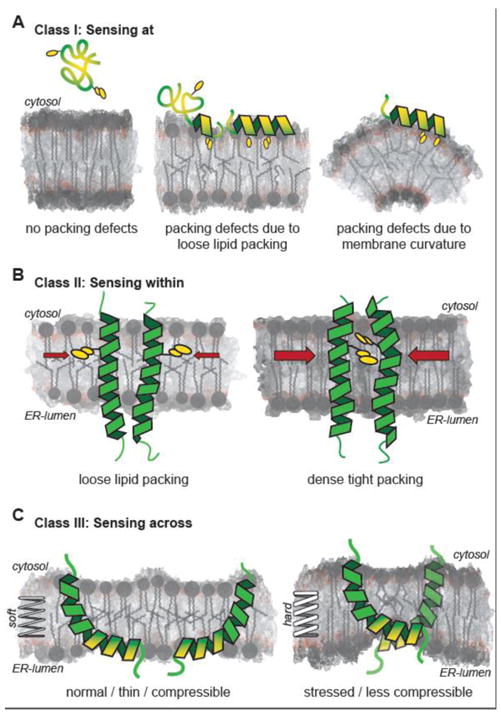Figure 2. Fundamental mechanisms of membrane property sensors.

(A) Sensing at membrane surfaces: Proteins can sense the properties of the membrane surface via lipid packing defects that promote folding and inserting amphipathic helices into the interfacial region of a membrane. Lipid packing defects are indicated as voids between schematically illustrated lipid molecules and increased packing densities are denoted by darker shading of the bilayer. Oxygen atoms are shaded red. Exemplary hydrophobic residues inserting into lipid packing defects are indicated. (B) Sensing within the membrane core. A lipid packing sensor from yeast senses packing of the membrane core to control membrane fluidity [17]. The mechanism involves a selection of distinct rotational conformations driven by membrane environment. (C) Sensing across the lipid bilayer. Membrane compressibility, an important property affecting membrane protein sorting along the secretory pathway, can be sensed only across the lipid bilayer. The transducer or the unfolded protein response, Ire1, senses membrane rigidity and thickness by locally deforming the bilayer, leading to membrane-mediated oligomerization in a stressed ER membrane [20].
